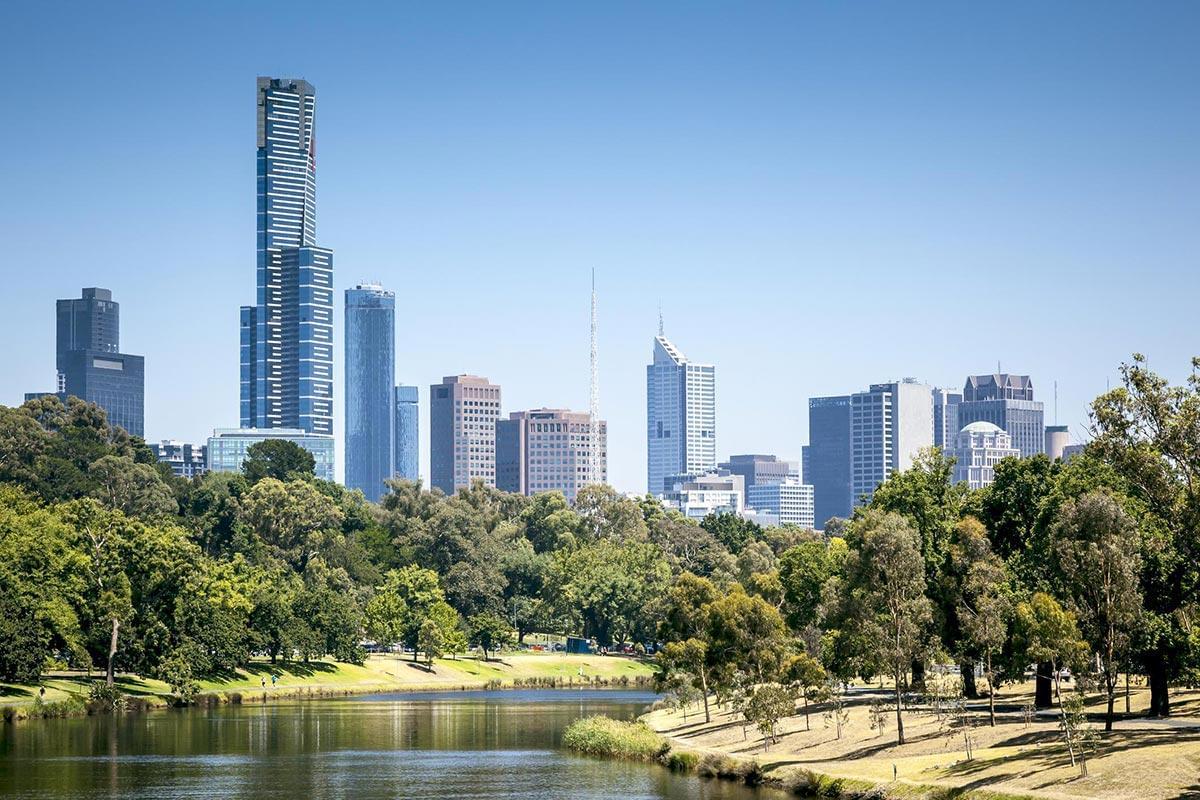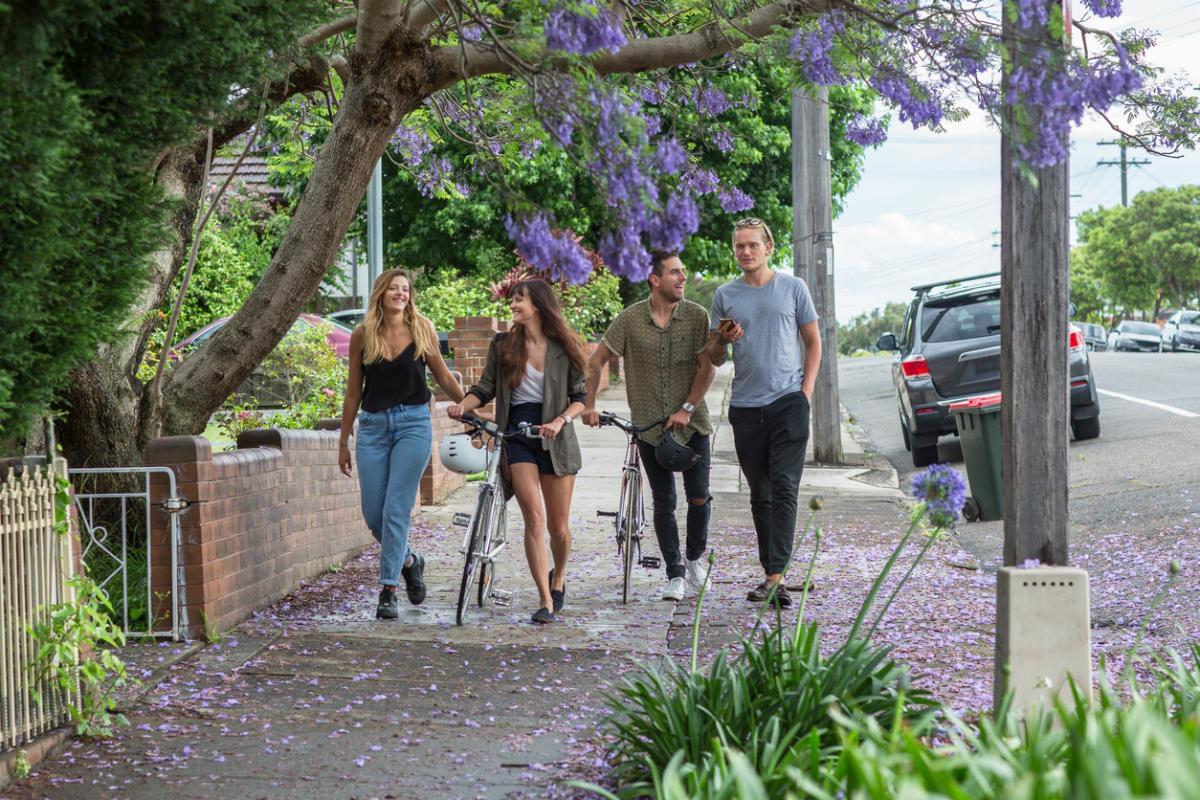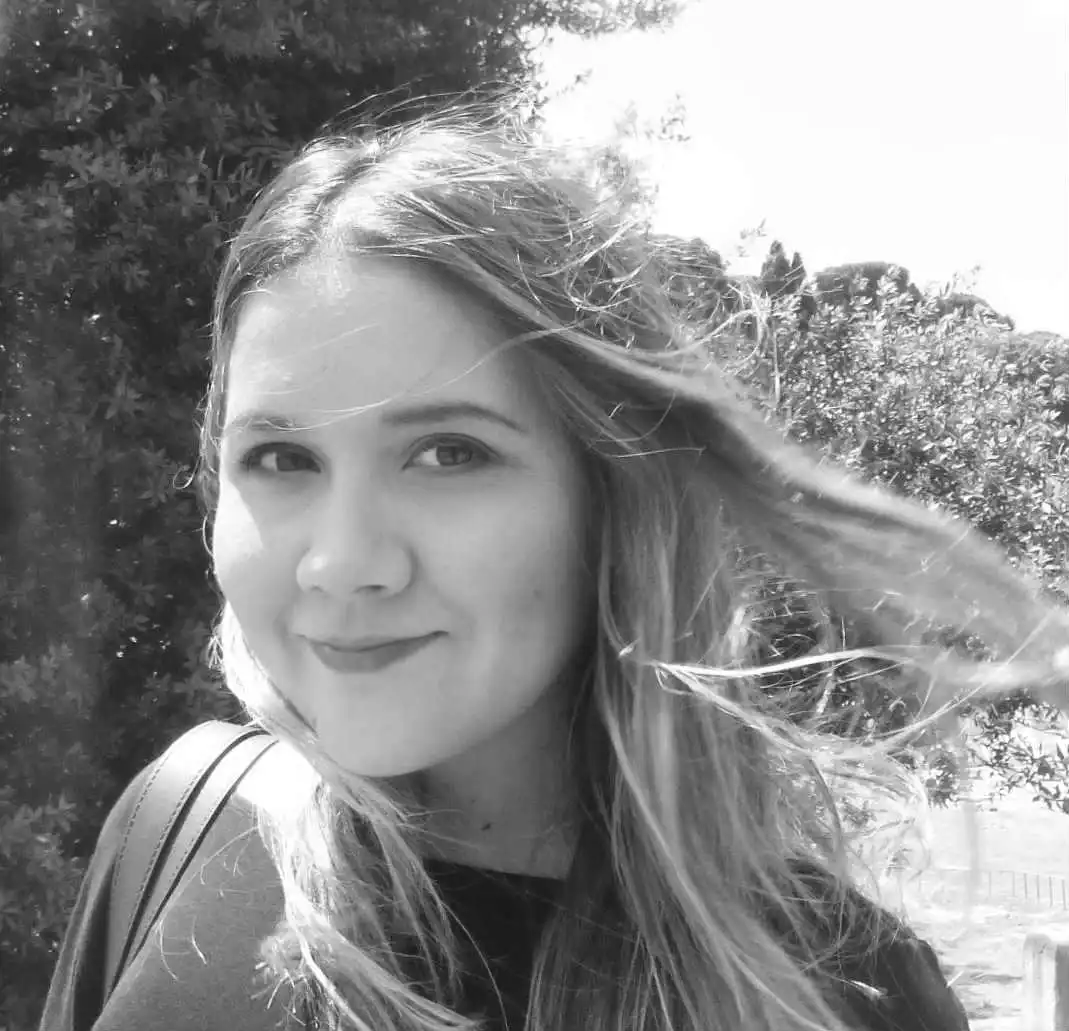The chain-reaction of the property boom: where's everyone moving to??
After five years of soaring prices, there's no doubt that Sydney and Melbourne have changed (and continue to change rapidly). In Sydney for example, prices jumped on average $100,000 per year for half a decade. It's only now that prices have begun to slow, and drop, however marginally by 0.01%.
In fact, according to CoreLogic's Mapping the Market report, a lot of our capital cities have changed over the past five years:
- Sydney: Five years ago, 33.8% of suburbs in Sydney had a median value of less than $500,000. By March of this year, only 0.9% of Sydney suburbs had a median value less than that amount.
- Melbourne: In March 2018, 5.9% of all suburbs in Melbourne had a median house value at or in excess of $2 million compared to 0.2% of all suburbs five years earlier.
- Brisbane: Only 1.3% of all Brisbane suburbs currently have a median house value below $250,000 compared to 4.7% five years ago.
- Adelaide: In March 2013, just 2.1% of all Adelaide suburbs had a median house value of $1 million or more. Five years later, in March 2018 6.5% of all suburbs had a median value at or in excess of $1 million.
- Perth: Five years ago, 8.4% of suburbs in Perth had a median house value of at least $1 million, compared to 12.4% of suburbs in March 2018.
- Hobart: The share of suburbs in Hobart with a median house value of less than $250,000 has almost halved over the five years to March 2018, dropping from 18.0% to 9.5%.
- Darwin: Despite substantial value falls over recent years, 8.9% of Darwin suburbs currently have a median house value at or in excess of $1 million compared to 5.5% of suburbs five years ago.
- Canberra: 11.8% of suburbs have a current median house value of more than $1 million compared to 7.5% of suburbs five years ago.
What does this mean for the Australian property market?
It means that in some cities, like Sydney, there's a split between those who own property and those who feel somewhat destined to be renters for the rest of their lives, and it doesn't look like increased apartment construction is going to help.
In April of 2017, 78 suburbs in Sydney had moved into the $2 million or more median house price club
Tim Lawless of CoreLogic, when speaking to ABC News, noted that the boom in apartment building across Sydney, Melbourne and Brisbane isn't helping with affordability.
Indeed in Sydney masses of apartments have been built, and continue to be built in places like Parramatta, Ryde and Green Square, but affordable options for new buyers have largely vanished in the Sydney market. Unsurprisingly, it's predicted that Melbourne is headed in a similar direction.
In fact, according to an international housing affordability think tank, Australia's five biggest cities now have "severely unaffordable" housing markets. It was only a matter of time; in April of 2017, it was reported by Domain.com.au that 78 suburbs in Sydney had moved into the $2 million or more median house price club - once a label only reserved for houses on Sydney's north shore.
So when the affordability of housing in capital city markets goes up, where do people go?

Time for a sea change or tree change: where are people moving?
Sydneysiders are leaving in bigger numbers and relocating to regional commuter towns in the Illawarra and on the Central Coast. Others are shunning city life altogether and making a seachange to the North Coast and South Coast of NSW, or to regional country areas like Goulburn, Mudgee and Orange.
Then you've got your city-hoppers, who are swapping Sydney out for Melbourne, Brisbane or the Gold Coast where job prospects are still high. And it's not just speculation, the latest ABS internal migration statistics for 2016 reflect this.
Out of the top 25 regions for population gains, 13 of those were outside of capital cities, and when you look at the bottom 25 regions where population was lost, 17 of those were actually located within a capital city, where home values are more expensive.
Read: Top growth areas in regional Australia
In 2012 (when Sydney was more affordable) the city's internal migration numbers were low. By comparison, migration to regional NSW, Melbourne, Regional VIC, and Brisbane are at the highest level in ten years.
The highest net gains were in the following regions:
- Regional New South Wales: 11, 827 new residents
- Brisbane: 10,149 new residents
- Regional Victoria: 8,429 new residents
- Melbourne: 8,270 new residents
- The Gold Coast: 6,428 new residents (up 39% on the previous year)
- The Sunshine Coast: 6,200 new residents
And in Sydney, 23,176 people left overall.
Melbourne's current population, of 4,485,211 people in 2016 puts it only second to greater Sydney, with a population of 4,823,991, and the gap is narrowing. On average, 1,859 people move to Melbourne every week.
35 years ago, home-ownership rates were high for all levels of income, but home-ownership rates are plummeting amongst Australians under the age of 65.
The social consequences of housing unaffordability in Australia
The imbalance between supply and demand, as well as the rising cost of housing has plenty of social consequences.
Not only are younger and poorer households paying more for housing, estimates from the Household, Income and Labour Dynamics in Australia survey show that whether you own a home or not will largely depend on who your parents are - which is a huge change from the 1980s.

If you want to be a homeowner, what matters now it seems is not just a good education, a good job and access to opportunities - it's also about inherited housing wealth.
35 years ago, home-ownership rates were high for all levels of income, but home-ownership rates are plummeting amongst Australians under the age of 65. Especially for low income owners who are spending more of their income on renting.
According to a report by the Association of Superannuation Funds of Australia, couples who rent for life in Australia's eight capital cities will need at least $1 million for a comfortable retirement. In Sydney alone, a couple that rents will need $1.16 million in super, compared to $640,000 for a couple who own their home and are debt free.
This huge disparity is due to high costs of housing, on both a to-buy basis, and also the rising costs of renting.
According to Bill Randolph, Director of the UNSW City Futures Research Centre, there's no doubt that an asset-based divide is opening up in Australia, which is driven by superannuation wealth and differential housing wealth.
He warned that the result of the property boom is a class-based and intergenerationally based society fed by inequality. The clear winners are those whose parents have owned property in the right location, versus those whose parents have not.
What matters now it seems is not just a good education, a good job and access to opportunities - it's also about inherited housing wealth.








